This article is produced by NetEase Smart Studio (public number: smartman163). Stay tuned for the future of AI and the next big era!
[NetEase Smart News, September 17] The fusion between humans and technology has surpassed what we could have imagined decades ago. Superhuman strength, flexible bodies, and extraordinary sensory abilities are no longer just fictional concepts—they're becoming a reality in our daily lives.
Although advanced technologies allow us to glimpse the future of humanity, they are currently most beneficial for people with disabilities. Semi-mechanical technologies can replace lost limbs, organs, or body sensations, and in some cases, even enhance specific physical functions.
Now, let's explore six fascinating examples of current robotic innovations. These remarkable developments show how far we've come—and how far we might go in the future.
Identify Colors with Antennas

Neil Harbisson, an artist and activist, was born without the ability to perceive color. In 2004, he decided to change that. He implanted an electronic antenna on the back of his skull. This device converts light frequencies into vibrations, which the brain interprets as sound, allowing him to "hear" colors. The system can even detect frequencies beyond human vision, such as infrared and ultraviolet rays. In an interview with National Geographic, Harbisson said, "The software, my brain, and the antenna have become one part of me. From a cybernetic perspective, I feel like a technical miracle." However, his transformation wasn't always accepted. His passport with the antenna was initially rejected by the UK government, but he eventually became the first legally recognized "semi-robot."
LUKE Arm
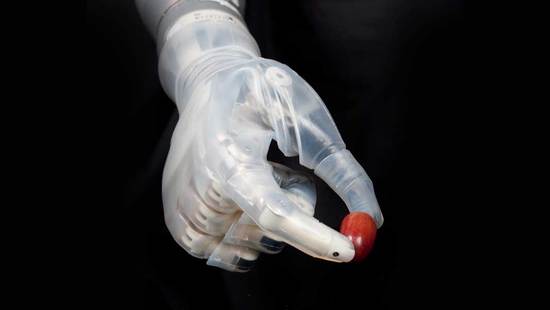
The "Luke" arm is a prosthetic that mimics the feeling of a natural arm. Named after Luke Skywalker from Star Wars, it uses special motors to simulate resistance, helping users identify objects. Sensors detect muscle signals, enabling smooth movement. Patients can control multiple joints using a foot switch. Approved by the FDA in 2014, this advanced prosthetic allows users to perform delicate tasks like picking up grapes or opening doors. By 2016, it was available to military amputees, though it comes at a high cost—around $100,000.
Artificial Vision
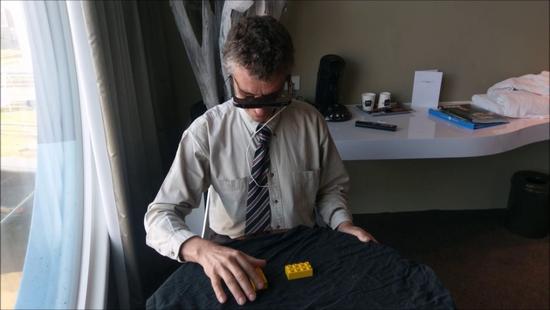
Artificial vision involves implanting a chip in the eye to restore sight. Jens Naumann was the first to receive such a system. After two accidents left him blind, he participated in a trial where a camera bypassed his eyes and connected directly to his brain. Though temporary, this allowed him to see shapes and outlines, including his Christmas lights. Unfortunately, the system failed, and after the inventor died, it couldn’t be repaired. By 2010, he had to remove the device, returning to darkness.
Mind-Controlled Bionic Leg
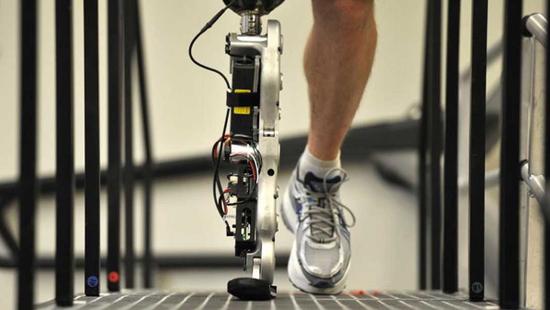
Zac Vawter, a Seattle engineer, developed the first thought-controlled bionic leg in 2012. Using TMR (Targeted Muscle Reinnervation), he could move the leg with his thoughts. In 2012, he climbed 2,100 steps in under an hour, proving the technology’s potential. This innovation marked a major step forward in bionic mobility.
Bionic Hand
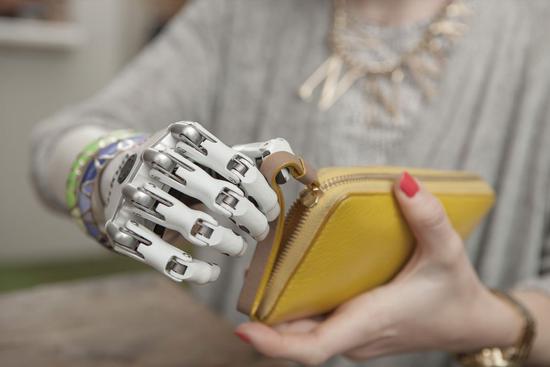
BeBionic’s bionic hand is one of the most advanced. Each joint has its own motor, allowing independent movement. It also features 14 pre-programmed grip patterns, making it suitable for everyday use. The hand can gently hold an egg or lift 45 kg. Since 2010, it has been commercially available, with ongoing improvements in battery life and software.
Electronic Eye
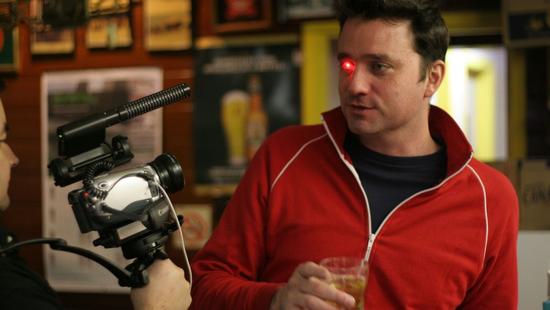
Rob Spence, a Toronto filmmaker, replaced his damaged eye with a fake one embedded with a camera. This "eye-cam" lets him record daily life. The device can capture 30 minutes of video before needing a charge. He used it to create the documentary *Deus Ex: The Eyeborg Documentary*, showcasing the potential of wearable tech.
Follow NetEase Smart Studio (smartman163) for the latest updates on AI and technological breakthroughs.
FRP Duct Rodder,Fiberglass Duct Rodder,Frp Duct Rodder Snake,Snake Duct Rodder
Hebei Dingshengda Composite Material Co., Ltd. , https://www.frpdsd.com